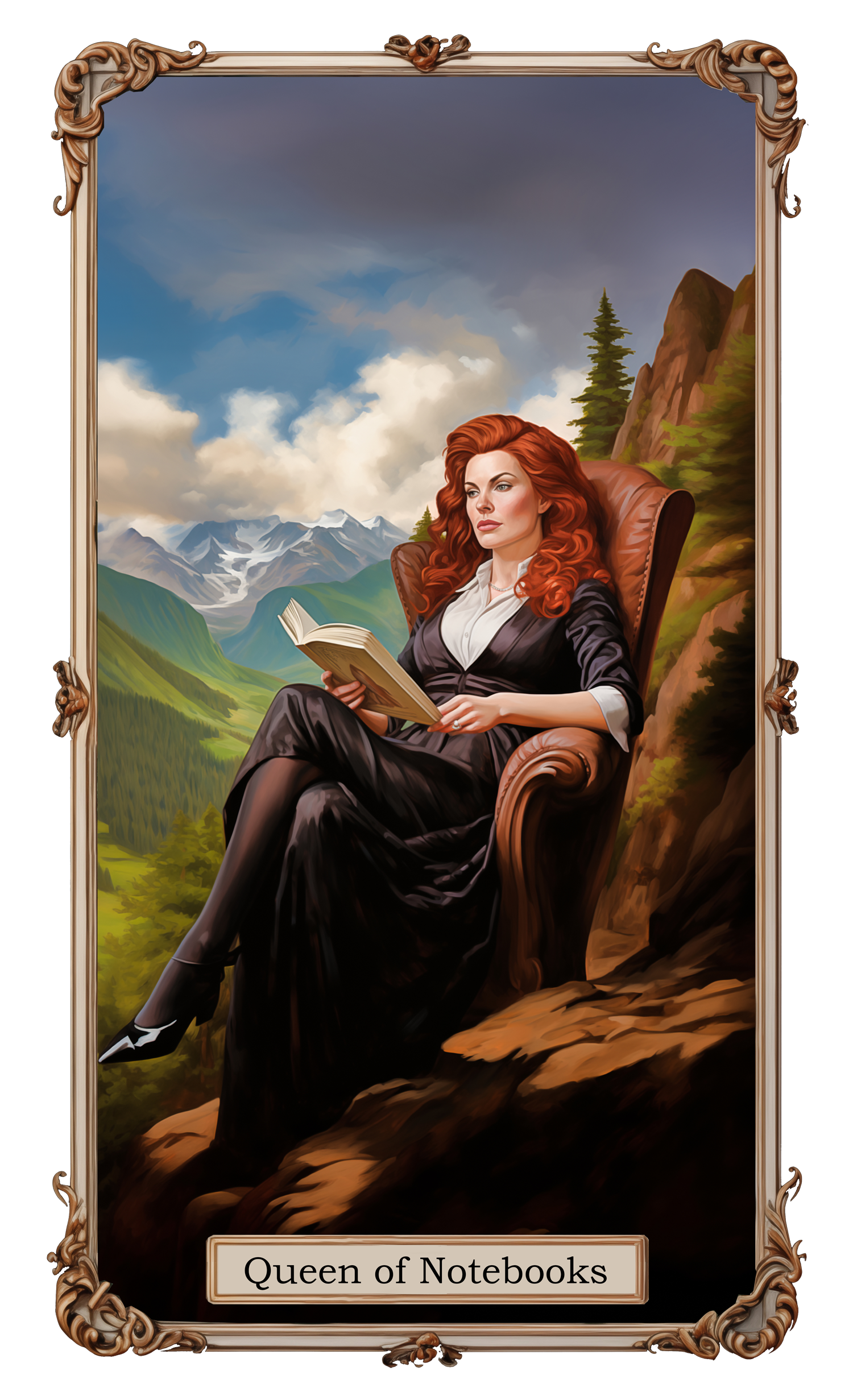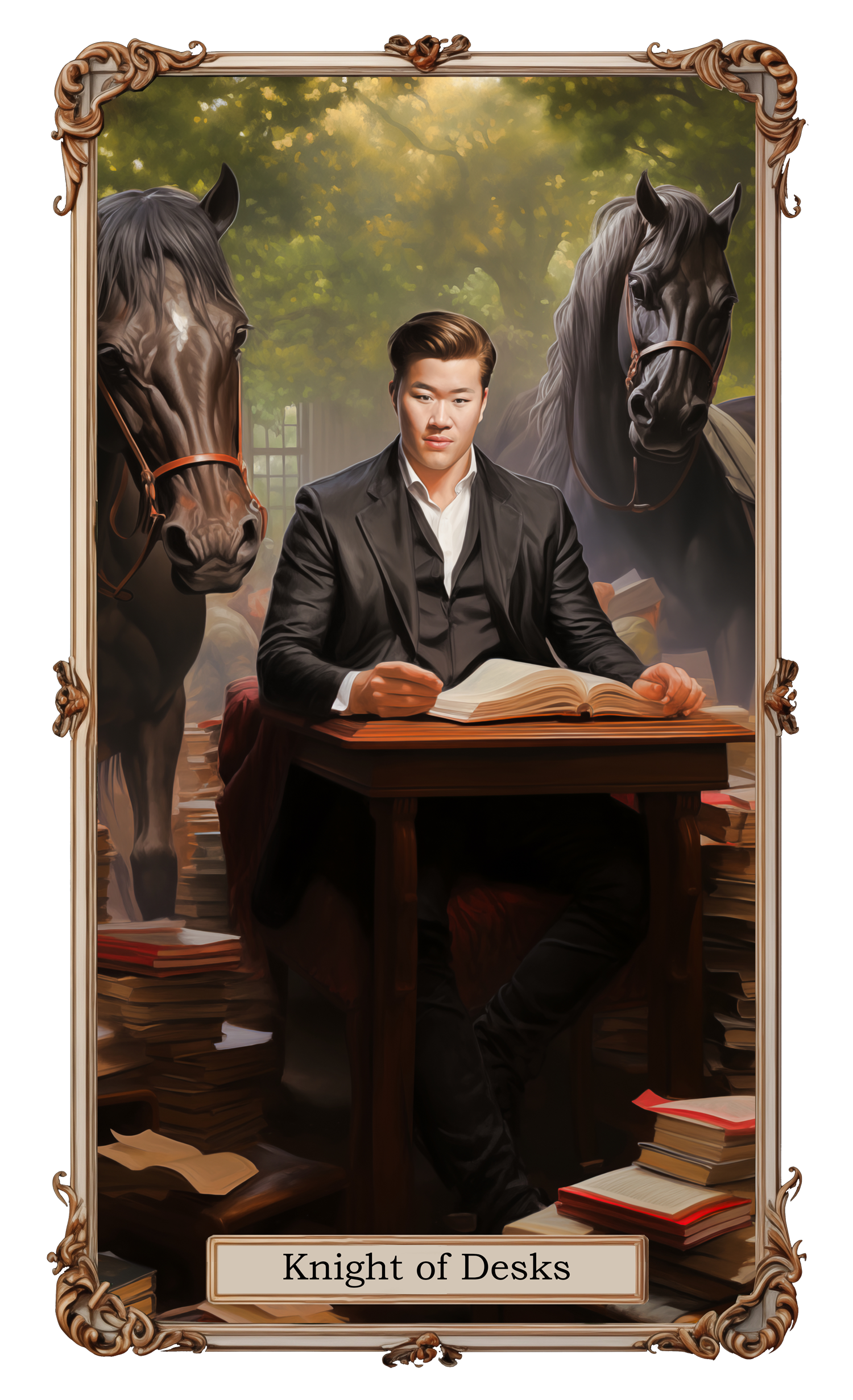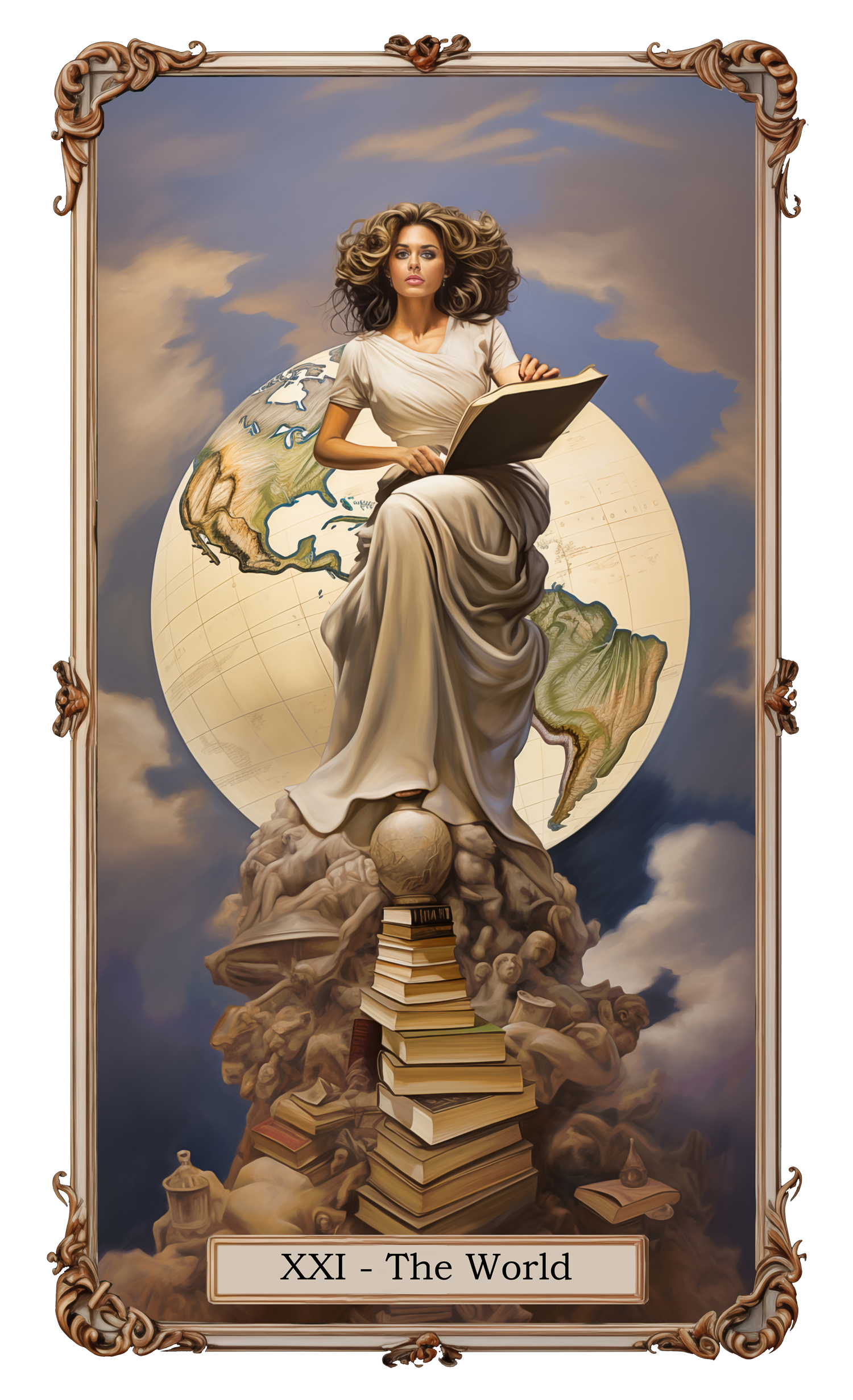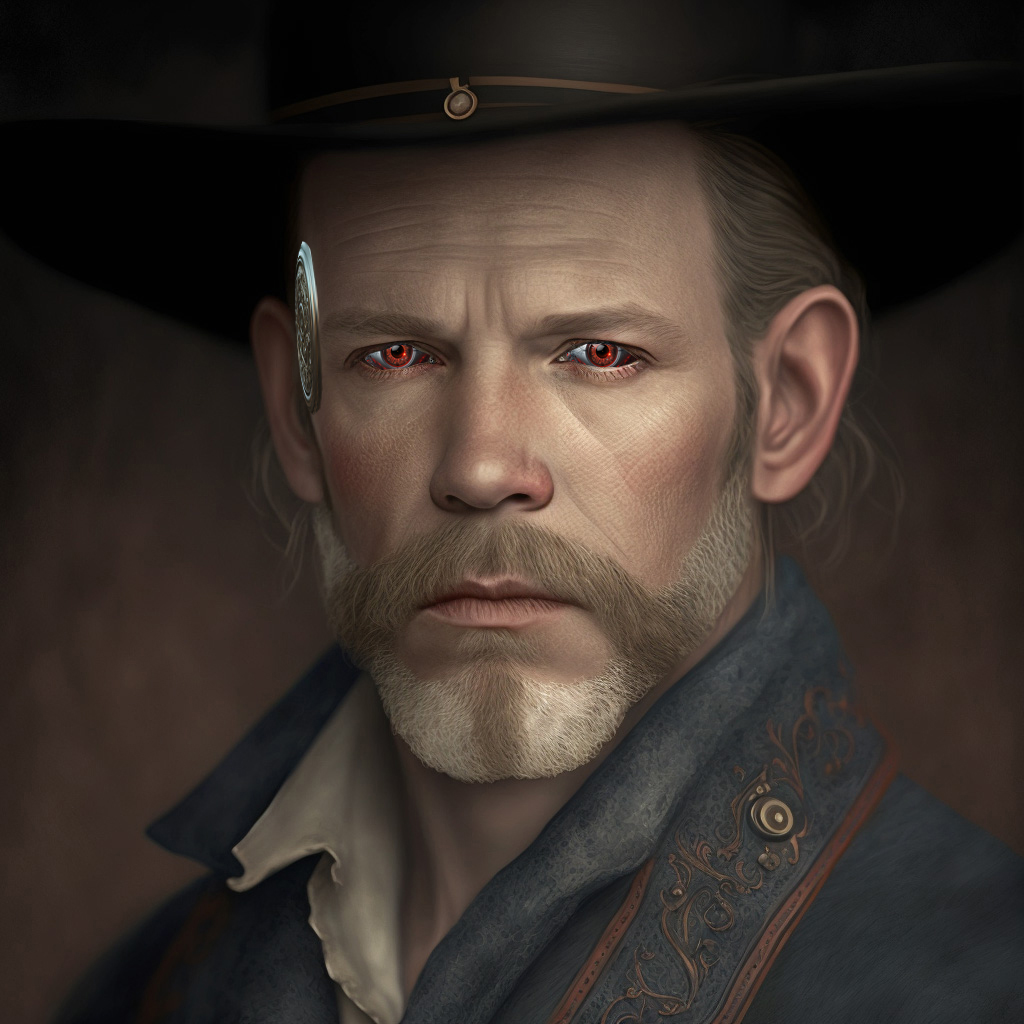16
Dramatica Theory
I learned about Dramatica in the late 1990s and used it to write two fantasy novels, Children of Rhatlan and Tamshi’s Imp. Though I now write steampunk westerns, aka weird westerns, I’m proud of those fantasy novels, and they’re available for anyone interested in them.
Also, while I don’t strictly use Dramatica any longer, many of the ideas have stuck with me and still affect my plotting and character development. Learning how Dramatica works is worthwhile for any author, so let’s go over the basics.
pARTS OF dRAMATICA
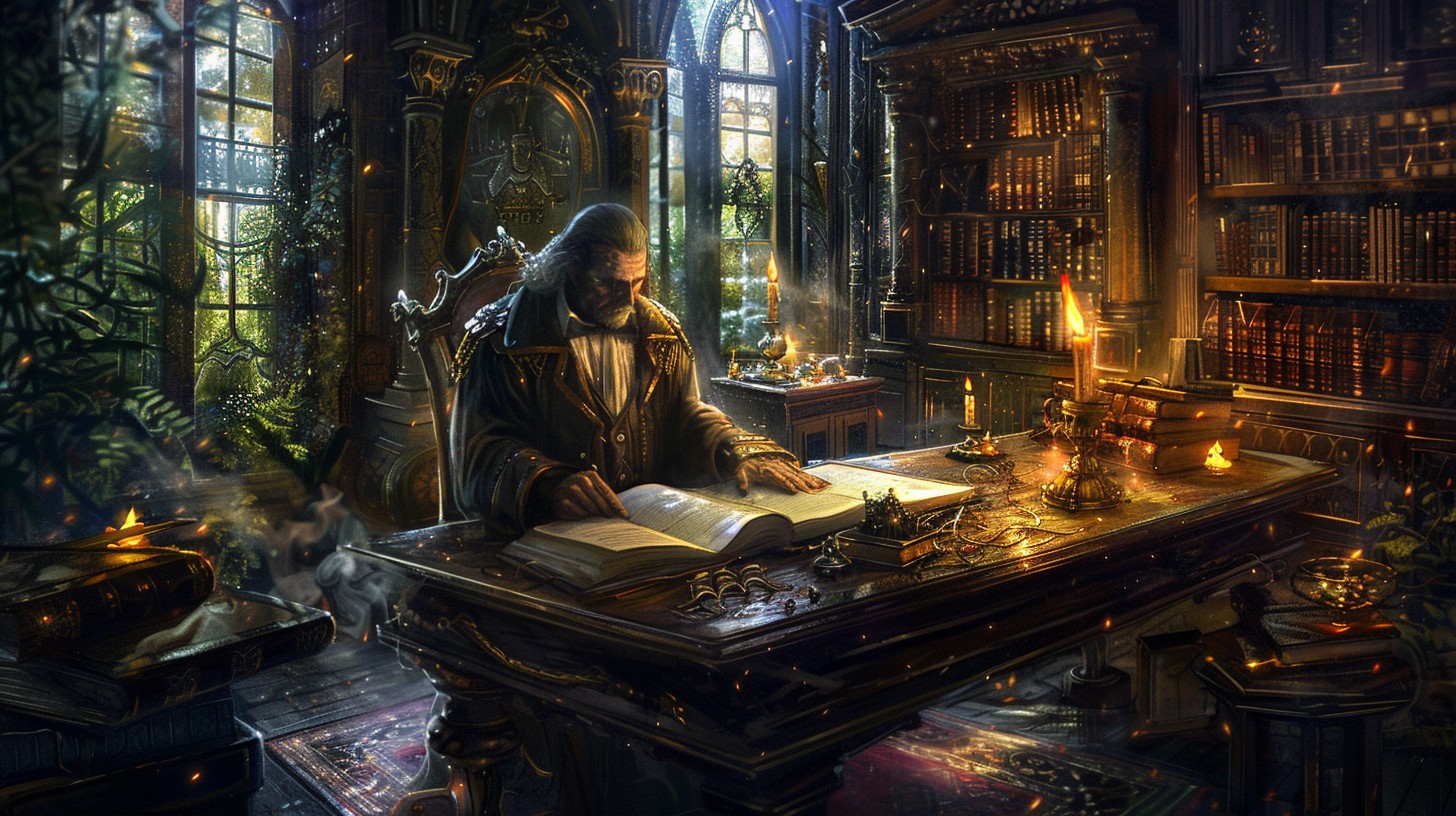
These concepts are central to how Dramatica works.
Four Throughlines
- Main Character Throughline: Focuses on the personal journey and growth of the protagonist.
Impact Character Throughline: Explores the character who challenges the protagonist’s beliefs and drives their transformation. - Subjective Story Throughline: Centers on the relationship and conflict between the Main Character and the Impact Character.
- Objective Story Throughline: Represents the broader, external conflict that affects all characters and drives the plot.
Story Mind
Dramatica views a story as a single mind trying to solve a problem. This concept helps writers explore different perspectives and conflicts within the narrative, ensuring a well-rounded and coherent story.
64 Story Points
Dramatica identifies 64 essential story points that need to be addressed for a complete narrative. These include elements like the Goal, Requirements, Consequences, and more. This exhaustive list ensures the author won’t miss any critical aspect of the story.
Character Archetypes
Dramatica defines eight primary character archetypes, such as the Protagonist, Antagonist, Sidekick, and Skeptic. These archetypes help writers understand and define character roles and their interactions within the story.
Plot Progression
The theory outlines a detailed plot progression model that guides writers through the development of their story. This model includes the Story Goal, Driver, and the Four Signposts that mark key stages of the narrative.
Using Dramatica in Plotting

Here’s the method Dramatica provides for plotting a story.
Creating a Storyform
The process begins with creating a Storyform, a unique blueprint for your story based on your narrative’s specific elements. This involves answering questions about your story’s theme, characters, and conflicts, which Dramatica then uses to generate a detailed structure.
Developing Throughlines
Writers develop the four throughlines, ensuring that each aspect of the story—personal, relational, and external—is thoroughly explored and interconnected. This helps in creating a multi-dimensional narrative with depth and complexity.
Ensuring Completeness
By addressing all 64 story points and adhering to the defined plot progression, Dramatica ensures that the story is complete and balanced. This meticulous approach helps prevent plot holes and unresolved character arcs.
Character Dynamics
Understanding character archetypes and their functions within the story allows for richer character interactions and development. Dramatica’s focus on character relationships, especially between the Main and Impact Characters, adds emotional depth to the narrative.
Benefits and Challenges

How can Dramatica help you, and what challenges does it present? Let’s explore!
Benefits
- Thoroughness: Dramatica’s detailed framework ensures that every aspect of the story is considered, leading to a well-rounded and coherent narrative.
- Complexity: The theory’s focus on multiple throughlines and character dynamics allows for rich, multi-layered storytelling.
- Guidance: The structured approach provides clear guidance for writers, helping them navigate the complexities of plot and character development.
Challenges
Complexity: Dramatica’s exhaustive approach can be overwhelming, especially for new writers.
Rigidity: Some writers may find the structured framework too restrictive, preferring a more flexible and organic approach to plotting.
Final Thoughts
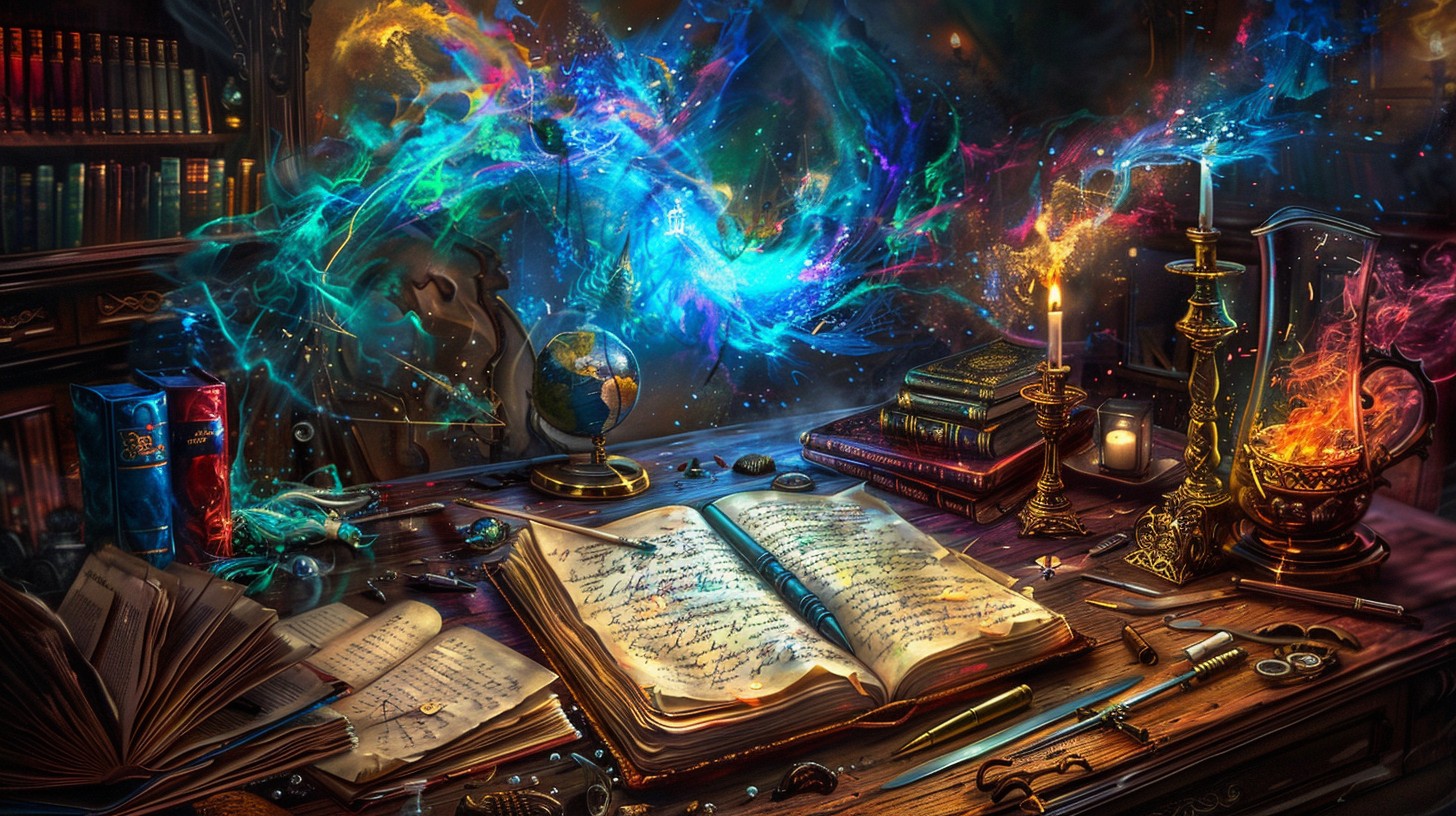
While I have moved on to other methods, Dramatica’s focus on balance has influenced my approach to storytelling. Studying it, and trying it, is a great way to expand how you think about your stories.
“A word after a word after a word is power.” ~Margaret Atwood




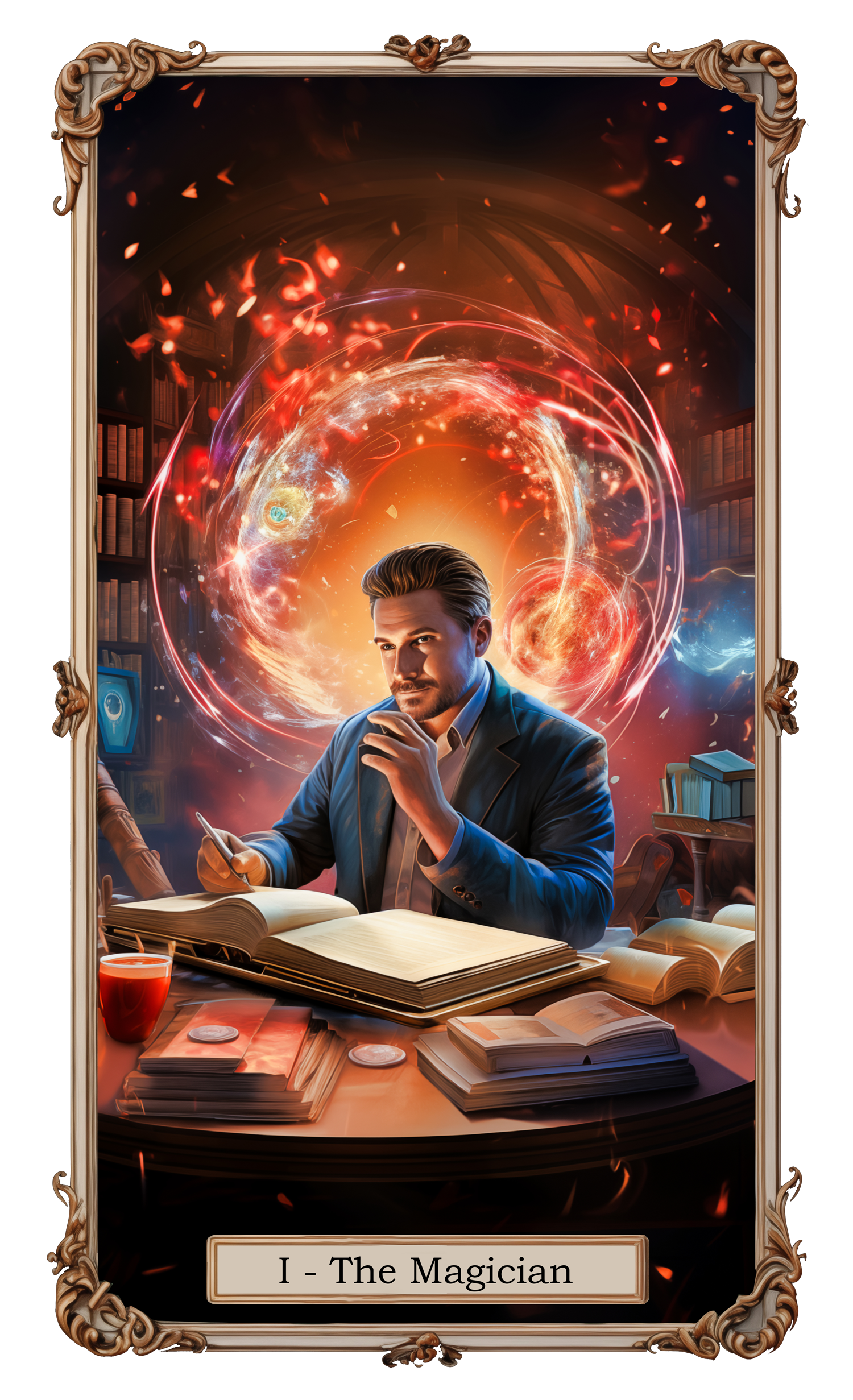 I chose the indie (self-publishing) route for several reasons. While I had a professional agent for my book Tamshi’s Imp, it wasn’t sold because most publishers thought it was too short. (It’s 67,000 words, while most fantasy novels by first time authors are around 80,000.) Despite this, my agent and his first reader loved the manuscript. I’ve had short stories published in semi-pro publications and one in Marion Zimmer Bradley’s Fantasy Magazine, a pro publication back in the 90s. If I had kept pursuing traditional publishing, I probably would have succeeded that way.
I chose the indie (self-publishing) route for several reasons. While I had a professional agent for my book Tamshi’s Imp, it wasn’t sold because most publishers thought it was too short. (It’s 67,000 words, while most fantasy novels by first time authors are around 80,000.) Despite this, my agent and his first reader loved the manuscript. I’ve had short stories published in semi-pro publications and one in Marion Zimmer Bradley’s Fantasy Magazine, a pro publication back in the 90s. If I had kept pursuing traditional publishing, I probably would have succeeded that way.